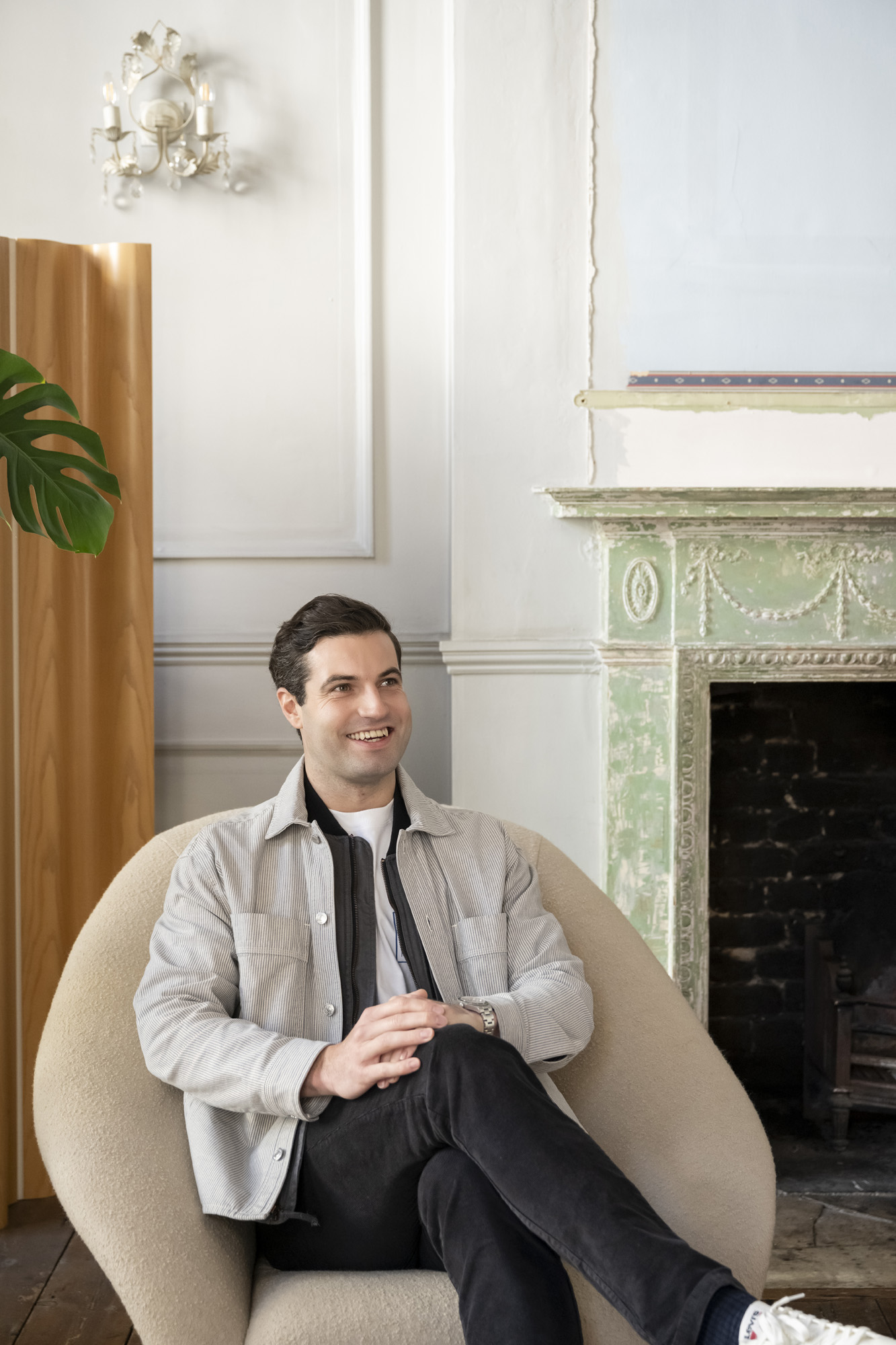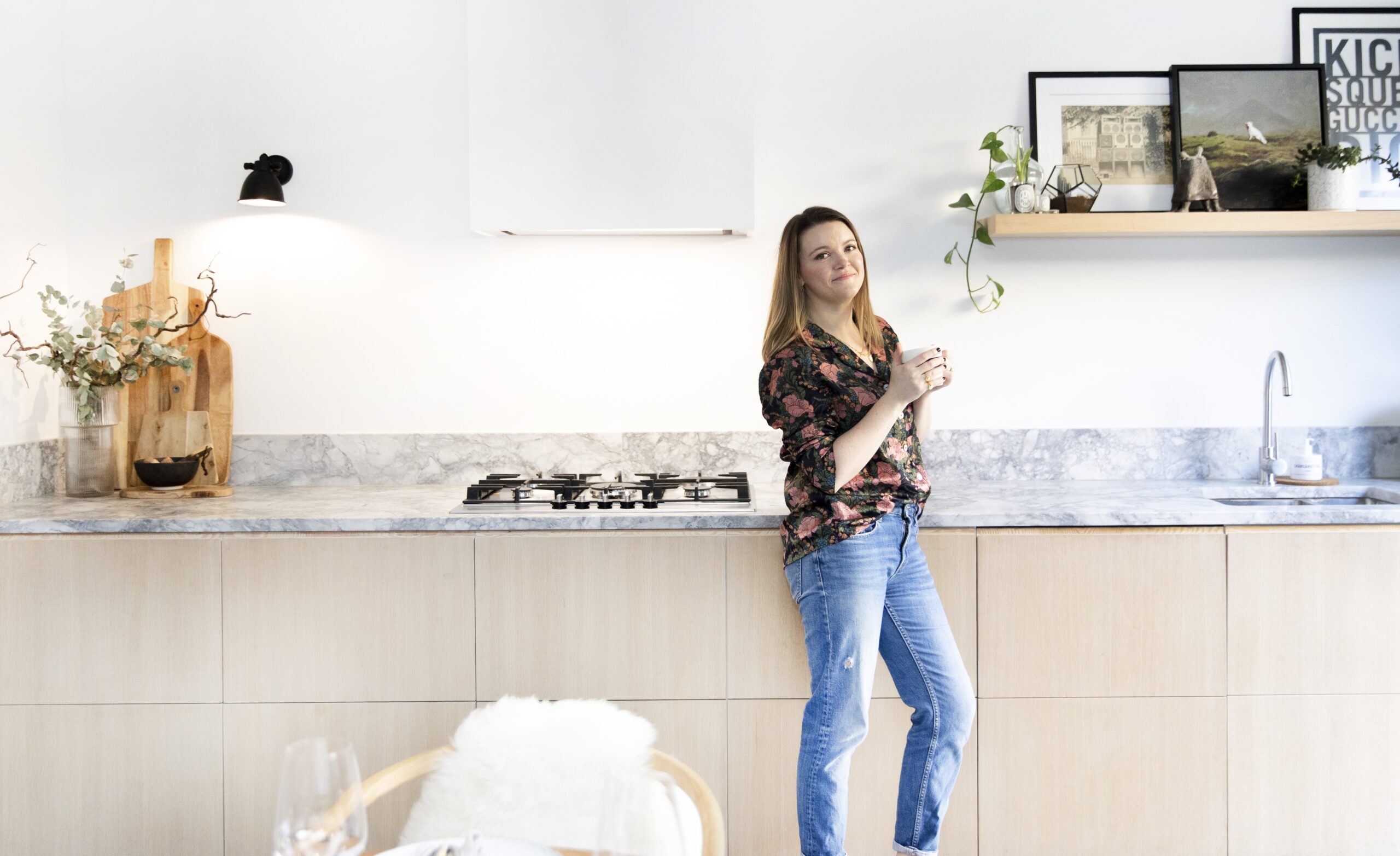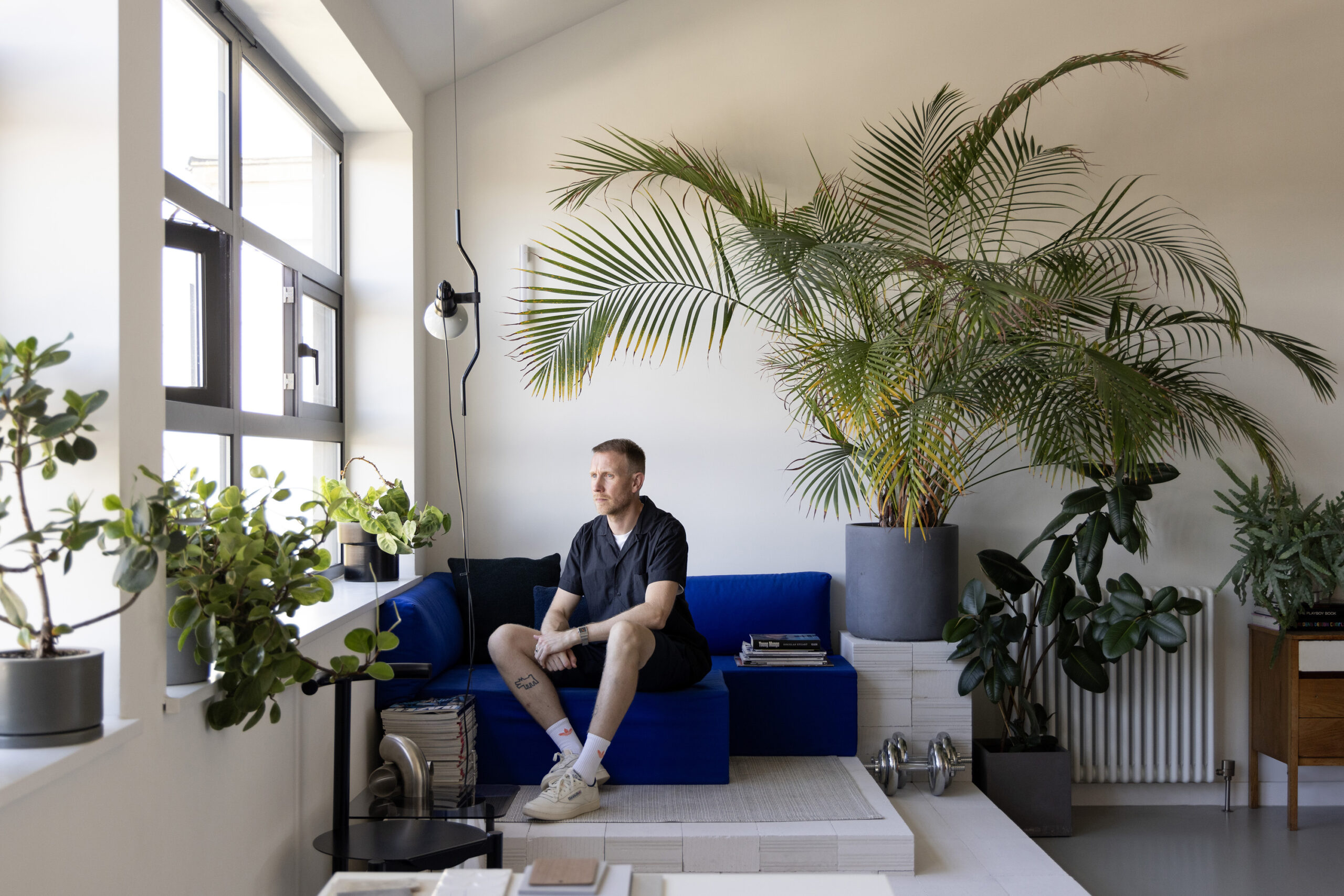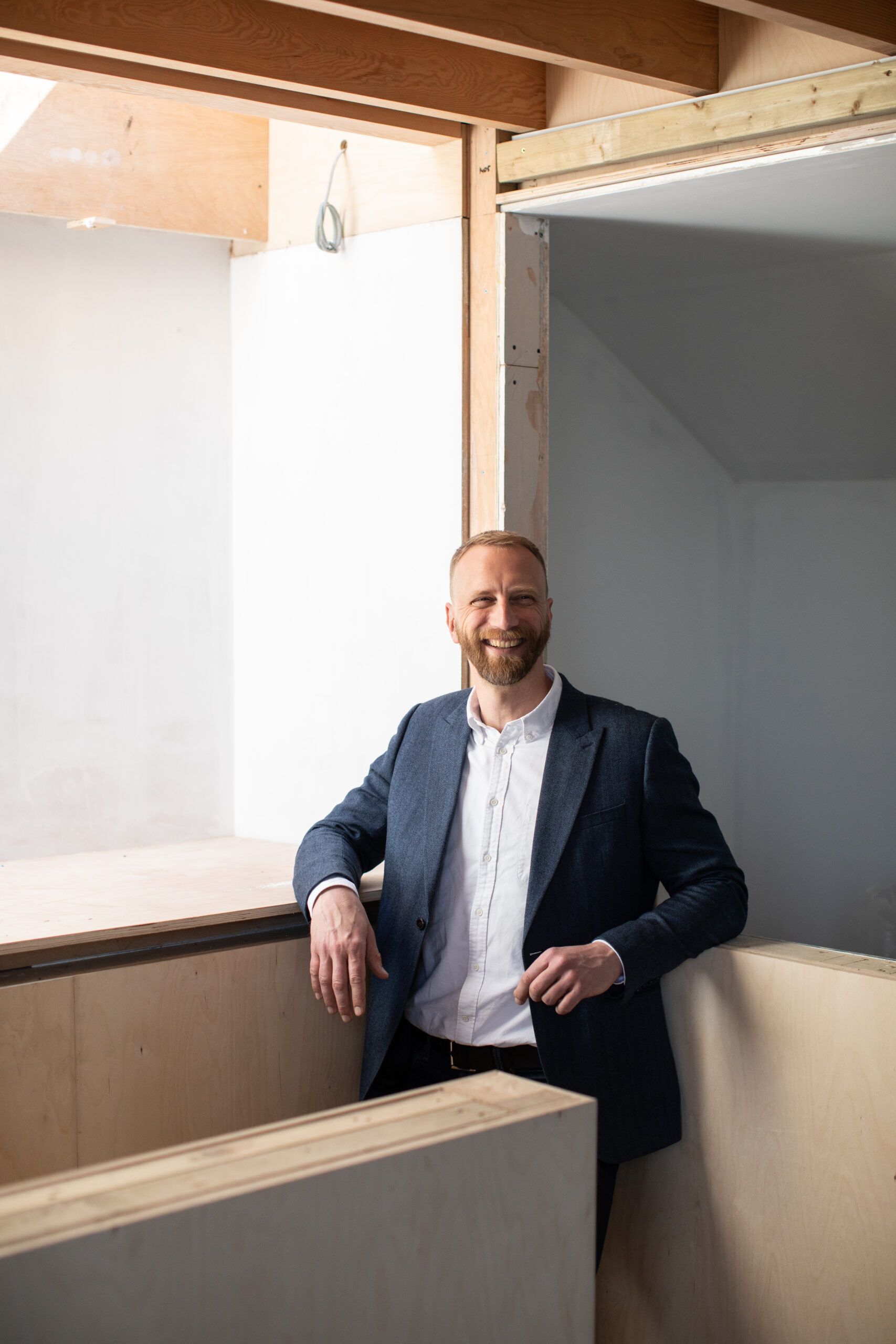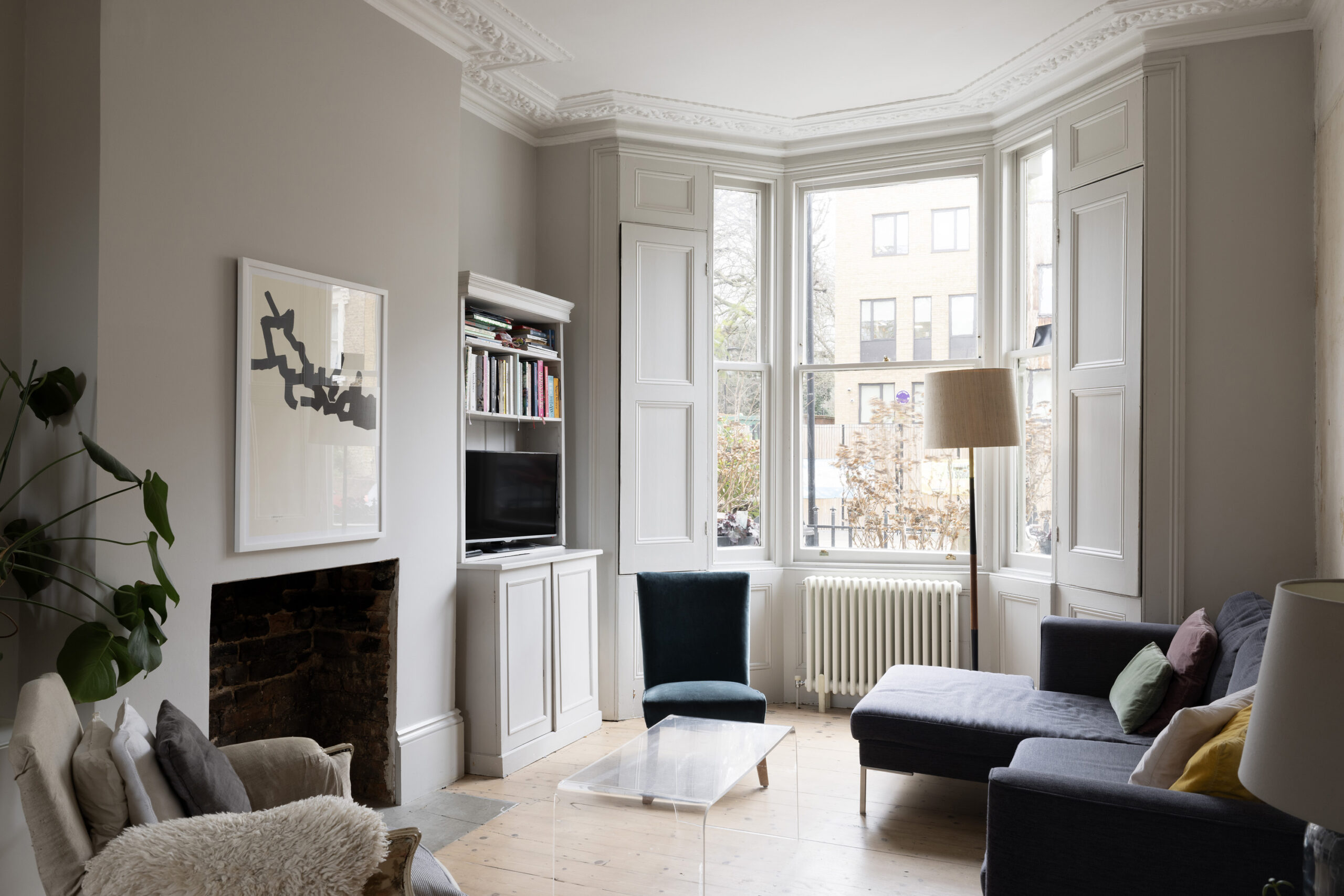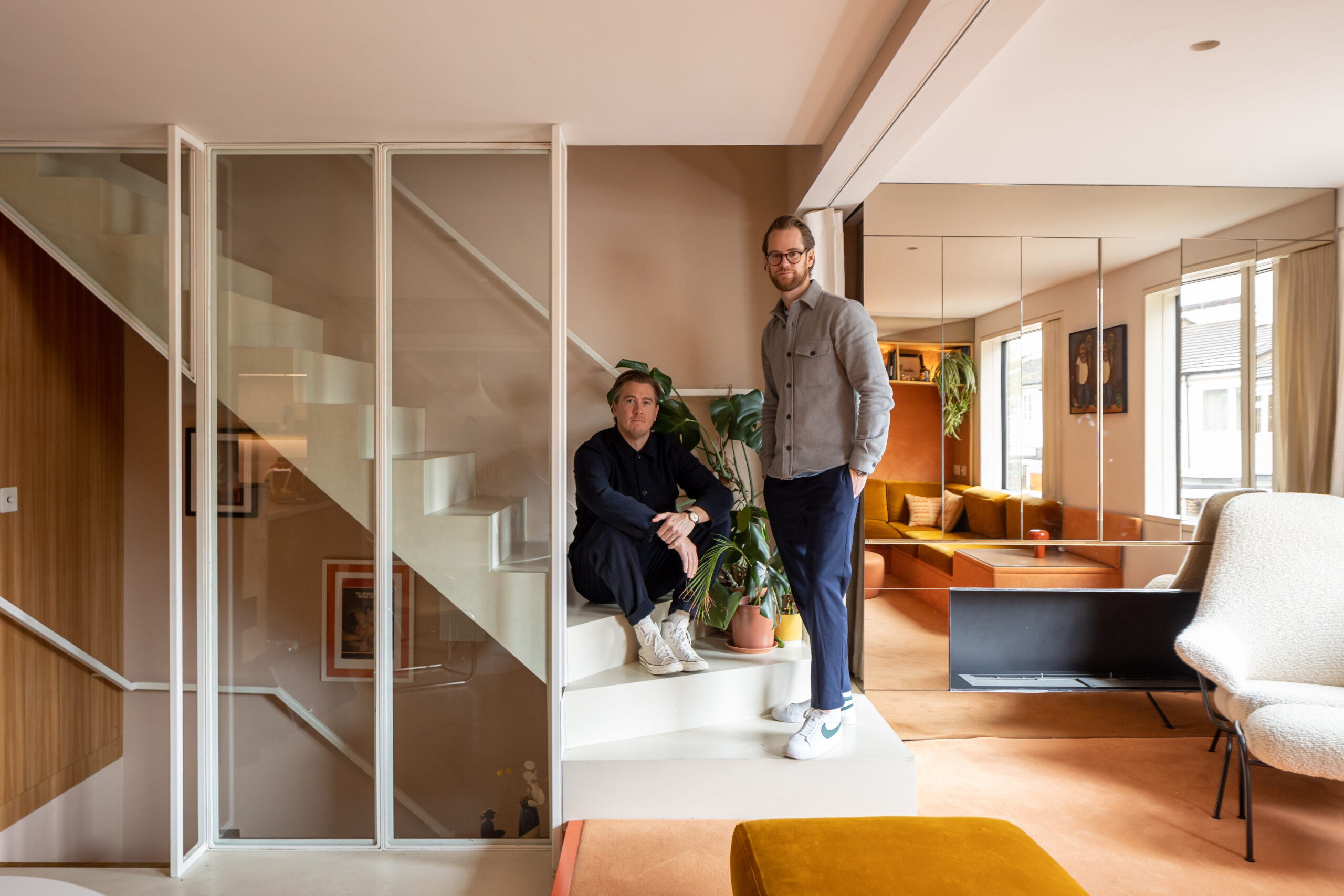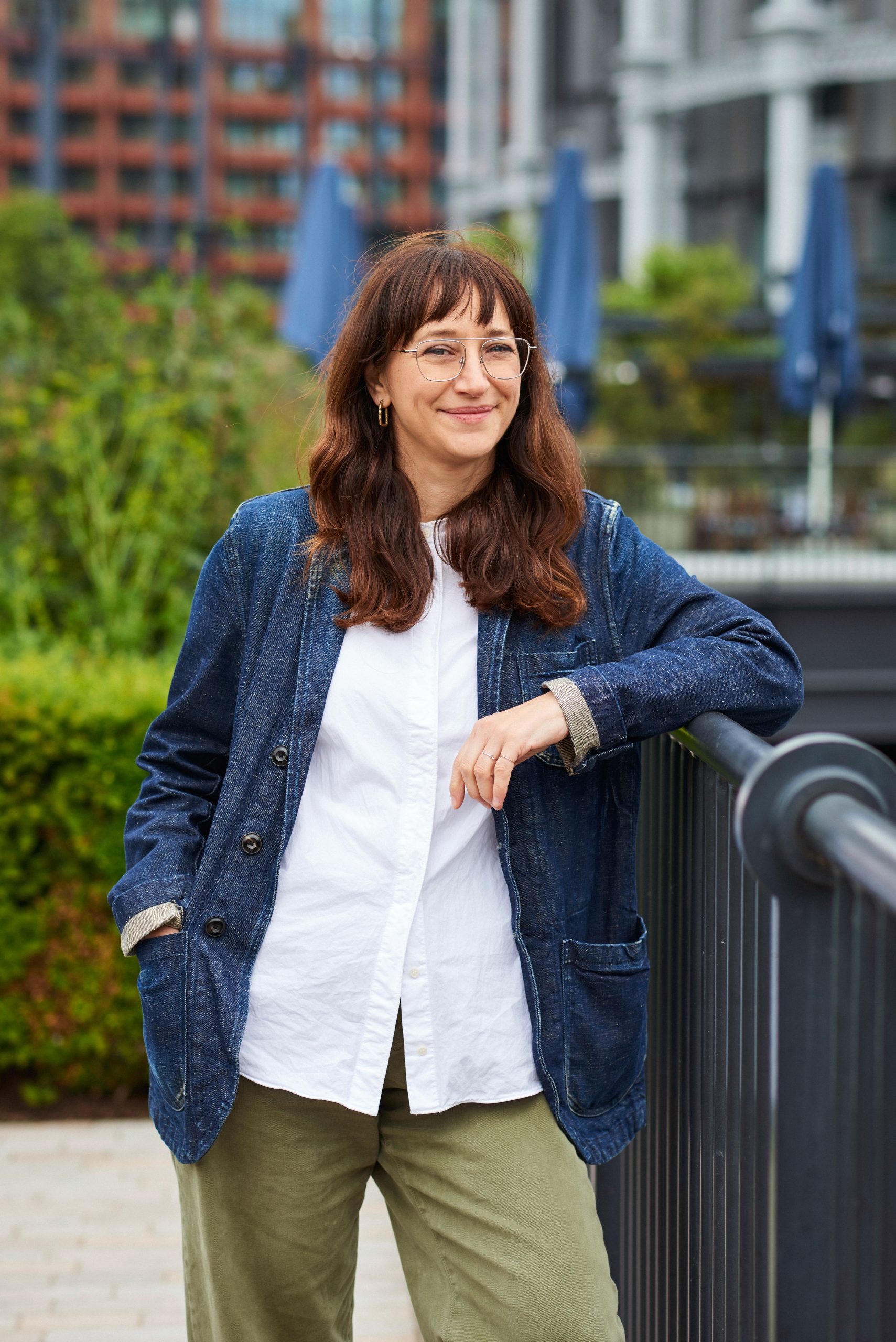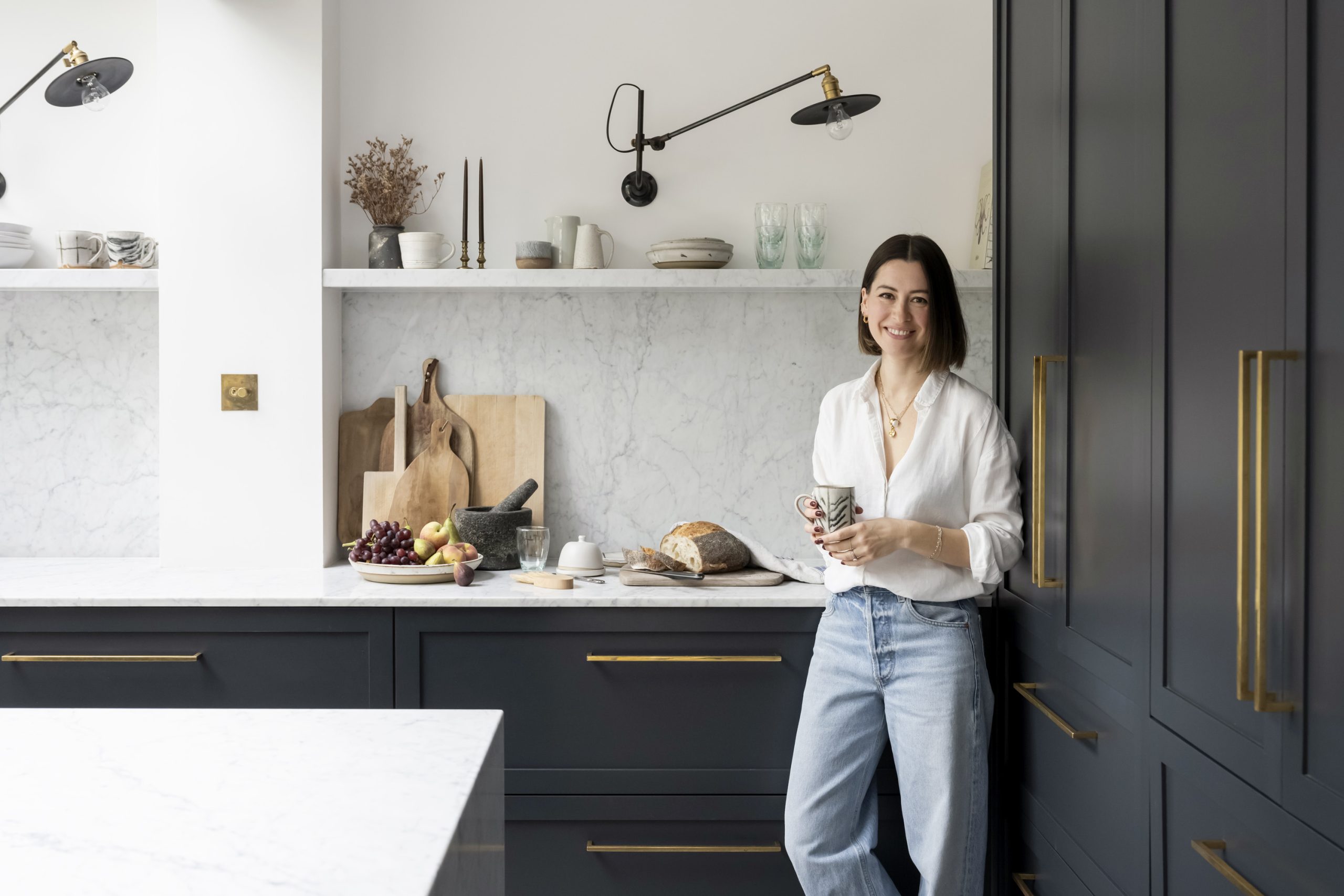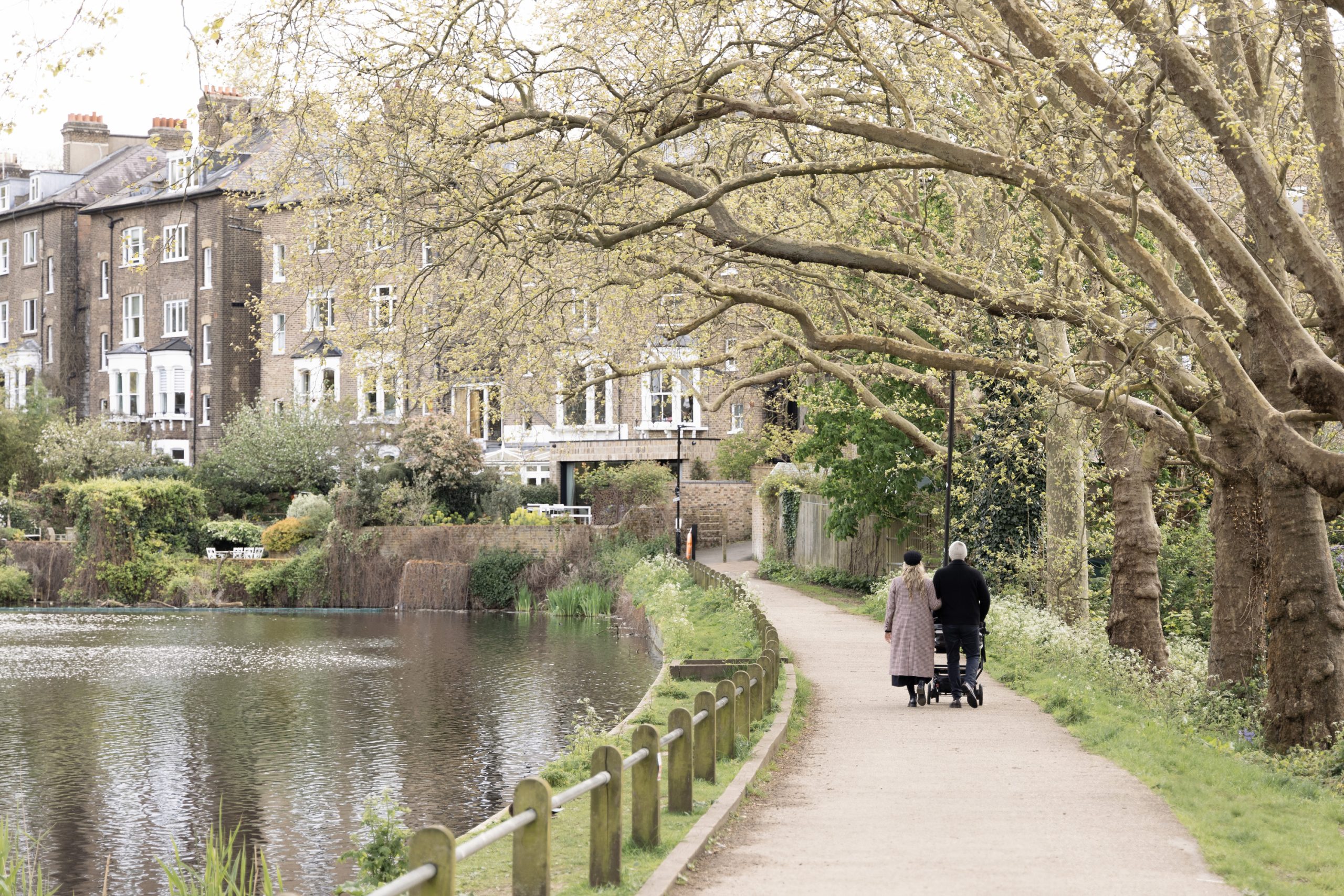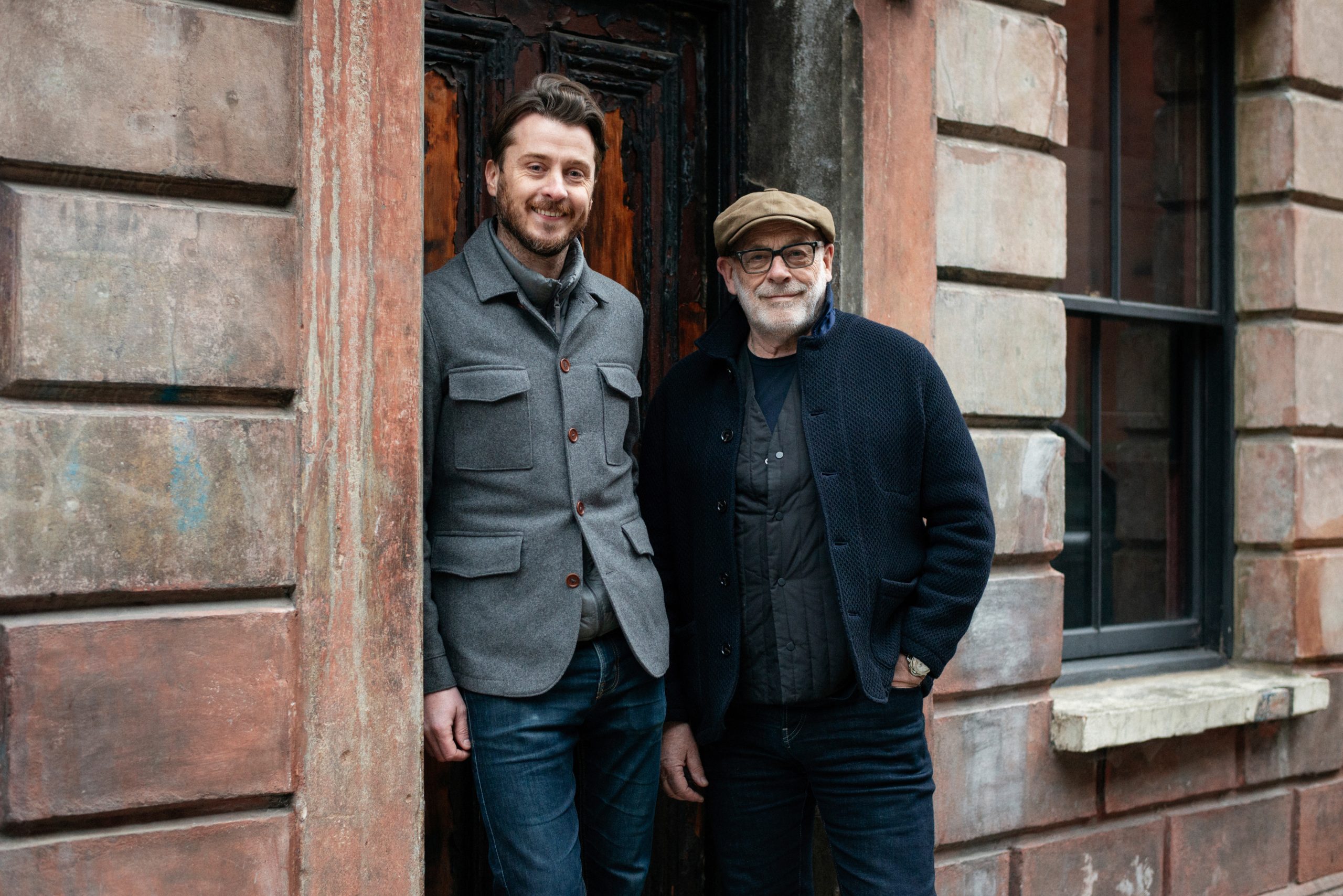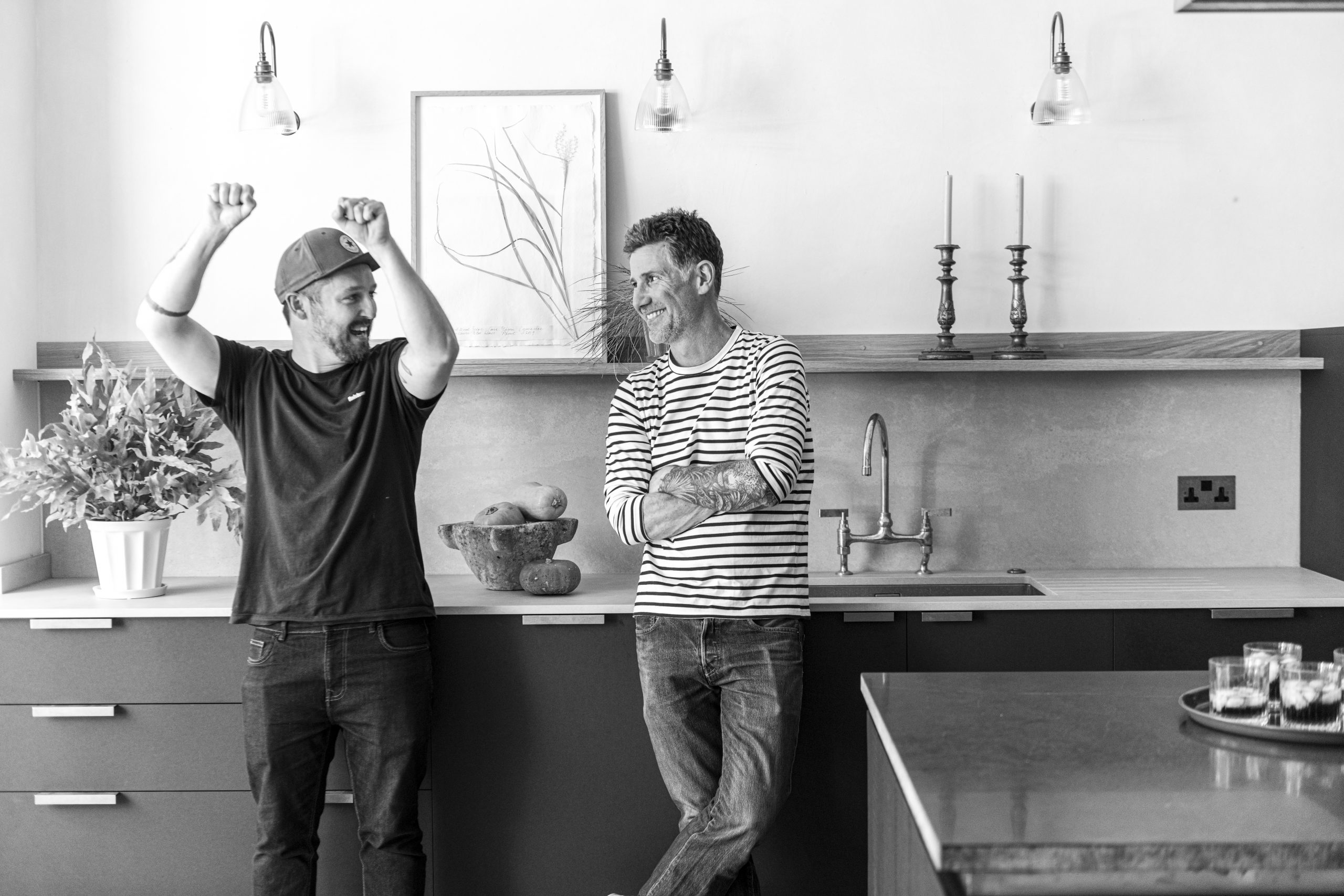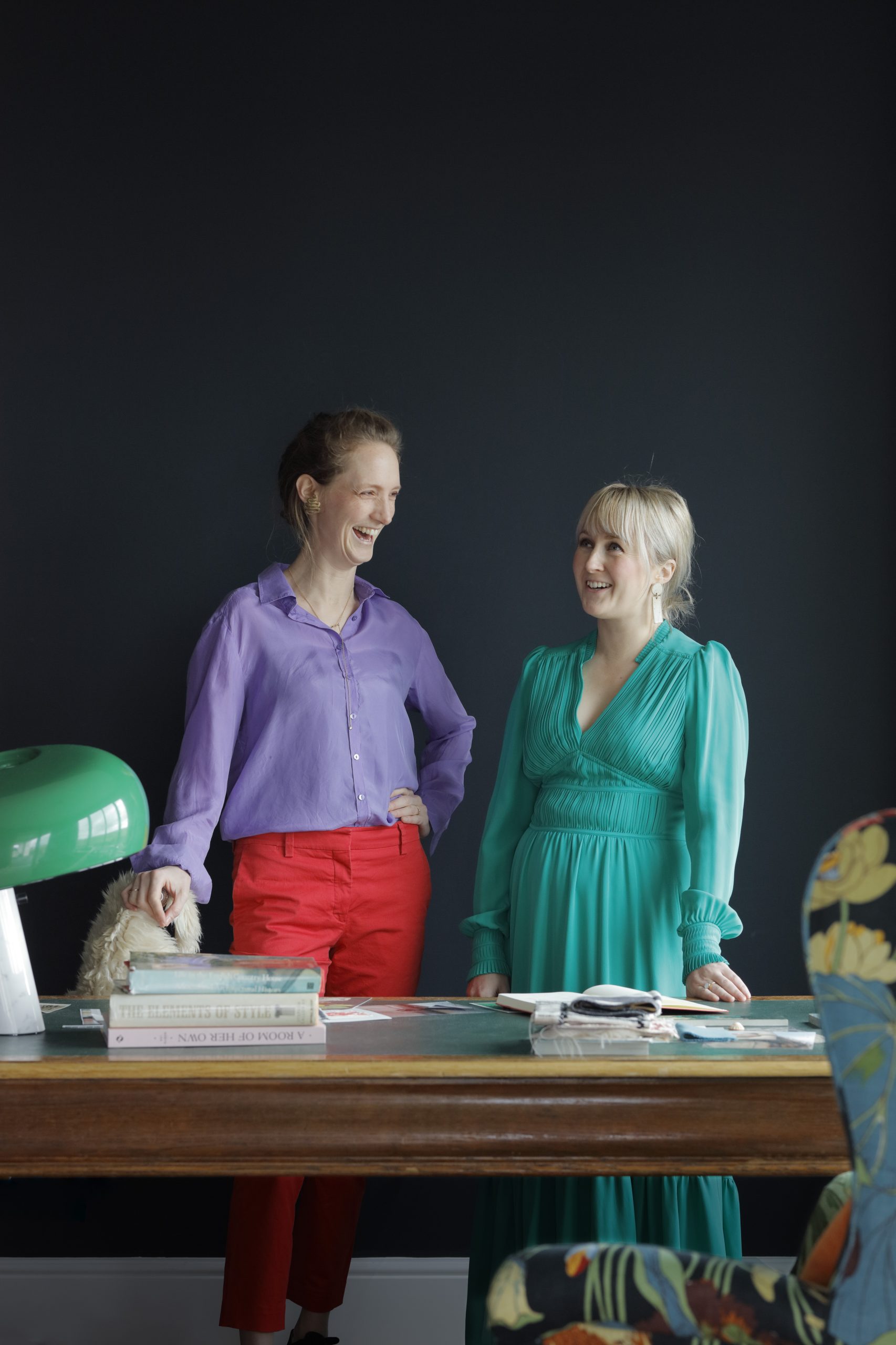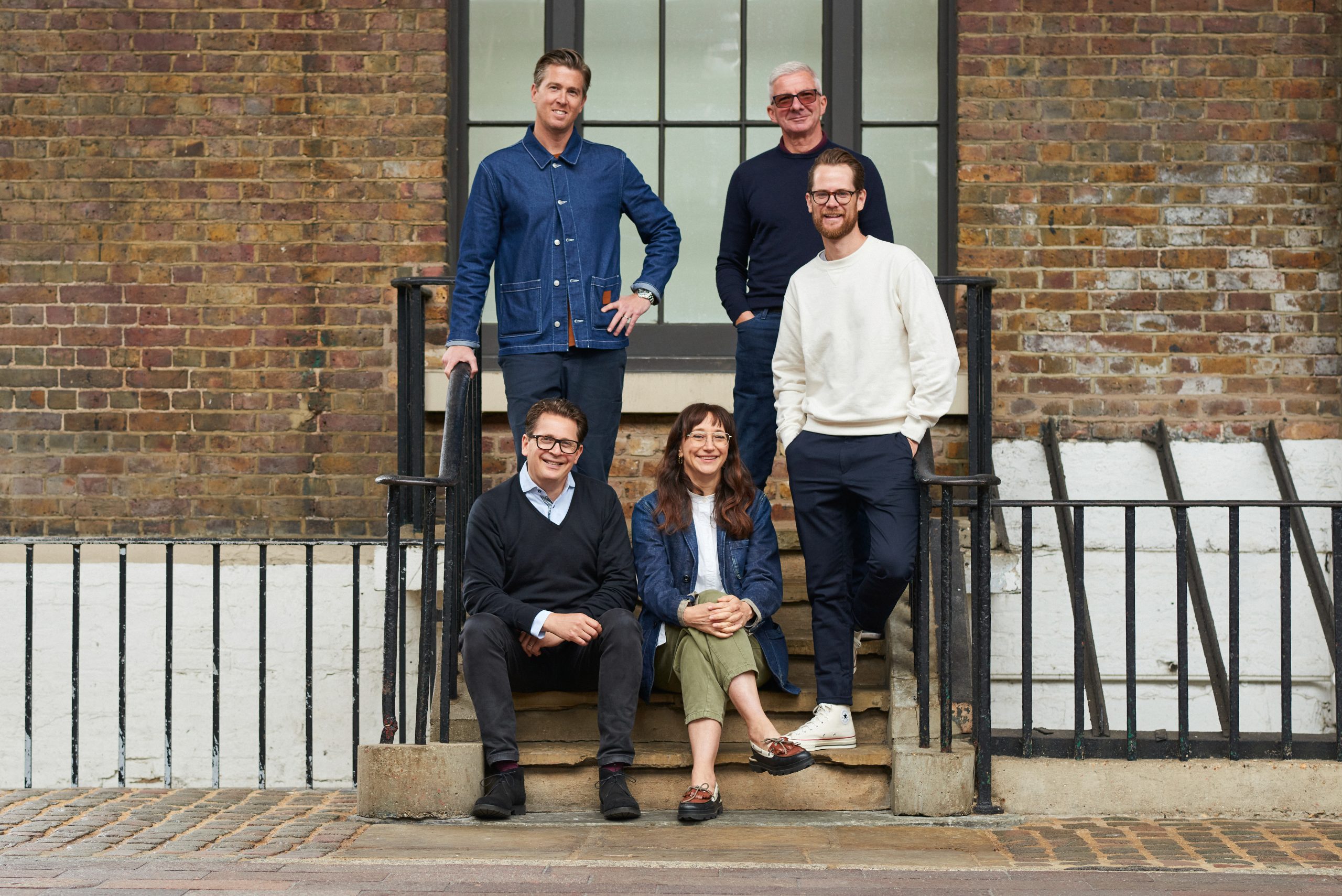State of Independence
Bloomsbury, you jewel in the crown of London! Leafy and verdant yet bordering the West End. Famed for its Georgian terraces but home also to the imposing Art Deco Library of Senate House at the University of London, and the Brutalist classic Brunswick Centre. The literary and intellectual heart of London, land of Virginia Woolf, Charles Dickens, the British Museum and many of England’s leading academic institutions.
There is something uniquely special about living in Bloomsbury, the oldest conservation area in the country, with one of the highest proportions of listed buildings and monuments – and something particularly magical about one of its most distinctive spots, Lambs Conduit Street, named after William Lambe, who paid for a conduit to be built here to supply the City with spring water.

Yusuke Nagashima outside Connock & Lockie, Lambs Conduit Street
The tailor Yusuke Nagashima considers himself fortunate to be a part of this community but while serendipity and fate played a big part in Yusuke making his home here, his craft and character make him a quintessential Lambs Conduit resident. Here is Yusuke, in his own words.
“Lambs Conduit Street is a village”
I’ve been here for twenty years. The street has changed in that time but never lost its sense of community. Lambs Conduit Street is a village situated between the throngs of the West End and East London, in a pocket where peace reigns over the distinctive independent shops, restaurants and bars. Many people discover the street and never knew it was here. They experience it as a sanctuary from the busier surrounds. The street is beautiful and historical, a romantic place.
“London’s best street”
History is important here and understanding it adds extra depth to my feeling of belonging. For example, in the sixteenth century a merchant called Lawrence Sheriff gifted a stretch of Lambs Conduit Street to Rugby School to create a bursary that gave disadvantaged children the opportunity to go to the school. That is still the case today and it is one of the things that prompted the housing Think Tank Create Streets to name this the best street in London.
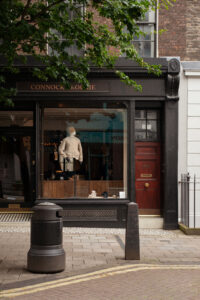
Connock & Lockie at 33 Lambs Conduit Street, London, WC1
“I wanted to be a tailor in London”
I was born in Cambridge, where my father was working. We moved back to Japan as a family when I was two. When I was seventeen, I came to England to learn the life and language. I went to Belgium to study fashion at university but quit because I wanted to learn tailoring, and for that I returned here because I didn’t just want to be a tailor, I wanted to be a tailor in London. I came across Connock & Lockie at 33 Lambs Conduit Street, and I began my apprenticeship under the owners Timothy Craig and his father, William.
Learning how to tailor has changed a lot since then. There were no courses or degrees in tailoring when I started, as there are now. It’s a quicker process these days. The way I was taught, by watching and learning, makes it hard to put a time frame on it, but I would say that it takes six years to learn the fundamental things, and another five to learn other aspects of the craft.
Part of what you are learning is what sort of tailor you are and want to be, and this relates to not only your style but your personality too. Many people think the tailor is a single entity but there are lots of different types. In the same way that all barbers are in the same profession but cover a huge variety of styles and methods, so in tailoring there are very different aesthetics and approaches.
“The primary quality of bespoke is the conversation”
You listen to the person you are clothing. Naturally, I have ideas that I like aesthetically, so I will guide, but we try to achieve what an individual client wants, unless I think that it’s something that doesn’t work. In that case, we’ll talk. The primary quality of bespoke is the conversation.
It’s important to know the customer. The word “bespoke” derives from the old English word bisprecan, meaning to speak up or speak out. The expressing part is important, because you might have two identical bodies with different characters and by listening you understand what sort of cut to suggest. Some people are a bit more flamboyant, and I will suggest a certain material, or their occupation might be significant. There is also the physical side of the suit’s requirements: are we hiding certain elements of the body or embracing them?
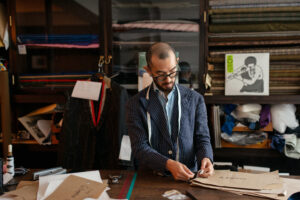
Master craftsman at work
“We didn’t want to imitate the age of the building”
Connock & Lockie is in a beautiful Georgian building built between 1765 and 1767 as a three-bay, four-storey house constructed around a central staircase. In Victorian times, most of the buildings on Lambs Conduit Street were converted into dual commercial and residential, separated into two parts.
I became the owner of Connock & Lockie just over a decade ago. We refurbished it in 2016 with Benedetti Architects. We didn’t want the new work to imitate the age of the building, but we wanted to respect the historical aspects, especially as the principles behind how we are making garments today are still the same as a hundred years ago.
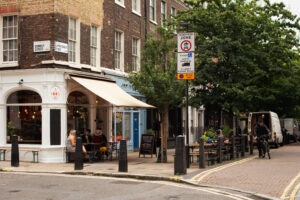
Lambs Conduit Street is a village situated between the throngs of the West End and East London.
“People stop to admire the craft”
We made the basement operational, having only worked on the ground floor throughout Connock & Lockie’s long history up until then. Limited space had meant that elements of the suit making process were done off site. I wanted to bring the client’s journey through the tailoring process in under one roof, from measurement to paper pattern to first baste through to fittings and finishing.
We kept the main work space at street level so that people can see it happening. We wanted to make sure that it does not look like an outfitters shop. We wanted the people of Lambs Conduit Street, be they local or passing through, to see a bespoke tailor at work as they have always been able to. We are a community here, and anything else would not have felt right. If you walk past, you can see us cutting or sewing or chalking. People stop to admire the work and they are very welcome.

The primary quality of bespoke is the conversation
“Bloomsbury has always been about ideas and creativity”
I love being here and cannot imagine being anywhere else. Saville Row is a mecca for men’s tailoring and very traditional, and being here means we don’t have to fit into that. Bloomsbury, being neither Saville Row or the East End, fits us perfectly. Bloomsbury has always been about ideas and creativity, and while not being about counterculture exactly has always been home to a certain left-leaning, intelligent questioning of things. Bloomsbury, and Lambs Conduit Street in particular, is one of those enclaves that if you know, you know.
“You can be born and die on Lamb’s Conduit Street”
At the top of the street is Coram Fields, the park where you have to be accompanied by children to go in, a detail that underlines how family orientated things are here. I take my son to the nursery, I pick him up, walk up and down the street each time and it’s always buzzy. As a result, Lambs Conduit Street is a community, which means that everything you need is here, from a GP to a suit, an independent supermarket to a café, restaurant, art gallery, school and all the useful shops. It’s modern and stylish yet rich in history and classical architecture.
I remember my boss, Mr. Craig, said to me once, “You can be born and die on Lamb’s Conduit Street and not need to leave it in between.” It is a whole world in itself and I am proud to call it home for my family and my business.
Yusuke Nagashima, tailor at http://connockandlockie.com/

